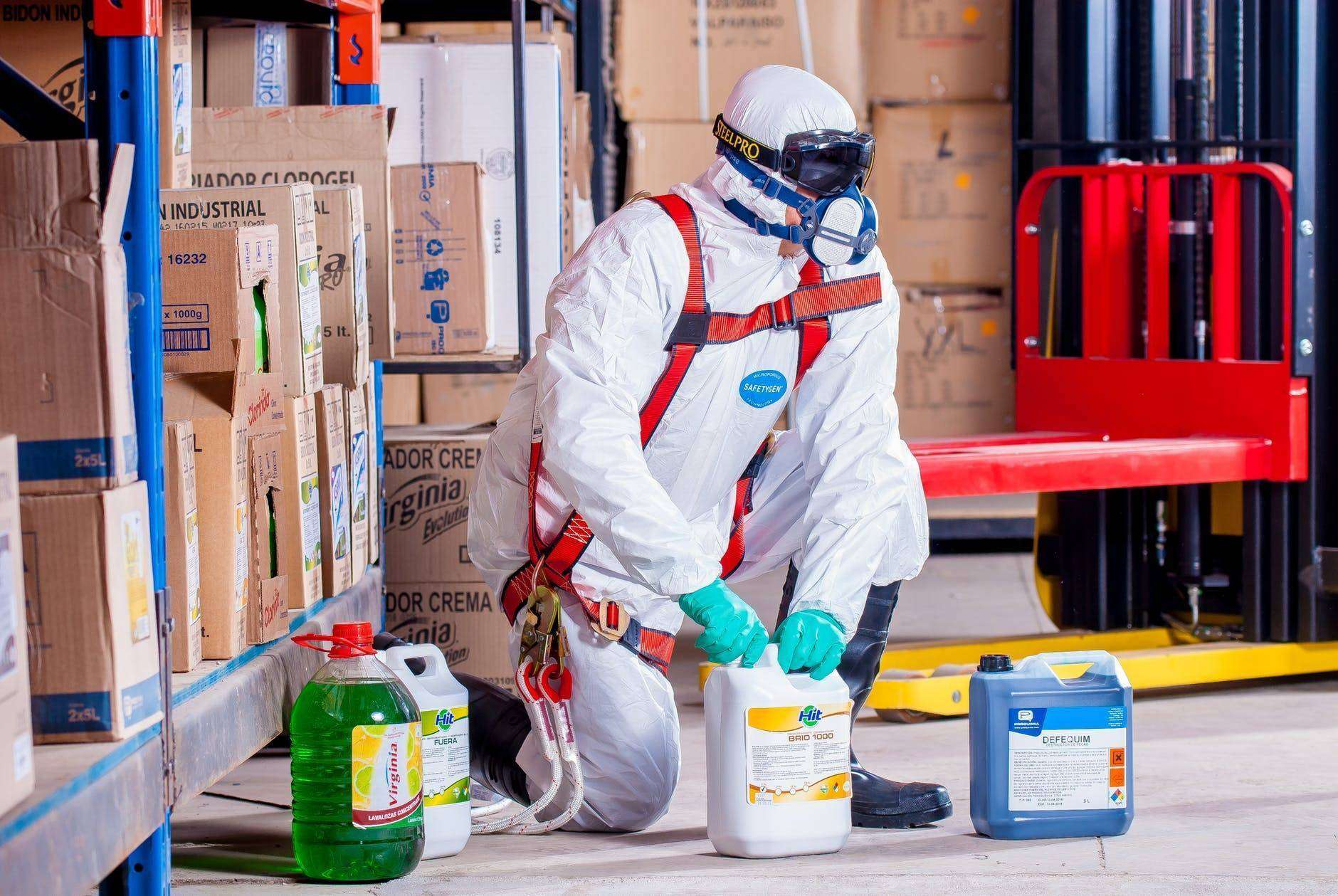
Before deciding how to regulate pests, it’s essential to know what kind of pests you’re trying to deal with and how they live. As a result, you’ll be able to select the most effective strategy for eliminating them. The best course of action is to contact a pest handling service provider. Here are some of the various pest control methods that can be used:
Organic Pest Management
To mitigate the risks caused by rodents, insects, and birds and guarantee the protection of children, domestic animals and vegetation typically prefer a naturally based technique. Luring traps or sprays may be appropriate in this situation. The bait can be poisoned or insecticides such as detergent, oil, insect repellents, and the like. Some types of organic pest control services include spraying spinosad, using neem oil, applying pyrethrin, spreading diatomaceous earth, and attracting hungry wildlife.
Pesticides for the Control of Pests
Several natural pest control methods are ineffective, so chemical pest control is preferred instead. There are multitudes of pesticide products for domestic and industrial use on the market. Aerosols and liquids can be used for this purpose. However, it is essential to remember that certain inorganic chemicals can be highly harmful to humans and ecosystems.
Biological Control of Pests
Pests such as invertebrates, mites, weeds, and crop diseases can be controlled through the use of other living things. [1] An influential human regulation role is generally included with biological mechanisms such as predators, parasites, or herbivores. It can be a crucial part of the incorporated pest control (IPM) scheme. Biological pest control can be accomplished in three ways: importation, augmentation, and conservation. In boost, many natural predators are distributed for rapid control of pests, and conservation measures are taken to keep natural predators through frequent reintroduction.
Genetic operators (also known as organic predators of parasitic insects) are made up of various species. Antagonists are the most common term to describe plant disease biological control agents. Seed predators, grazers, and microbial organisms are examples of biocontrol for weeds.
Pest Management Using Electronic Means
Emerging technologies have made it practicable to catch and eliminate household pests. Electric, magnetic, and sound waves’ pest control techniques are two examples of electronic pest control. There era two types of electronic pest control strategies;
1. Electromagnetic radiation- this method can affect the central nervous system of various animals, including rodents; however, it only works to keep out insects and rodents.
2. Ultrasonic – uses short, high-frequency sound waves to perform its work.
Hygiene control
Pests aren’t attracted to a clean environment. Pests are deprived of food and a breeding ground over this. As a result, it is essential to maintain good hygiene at work and home, always clean up after meals and dispose of any food residue or leftovers in a safe waste bin. It also includes Washing dishes and keeping the entire home spotless.
